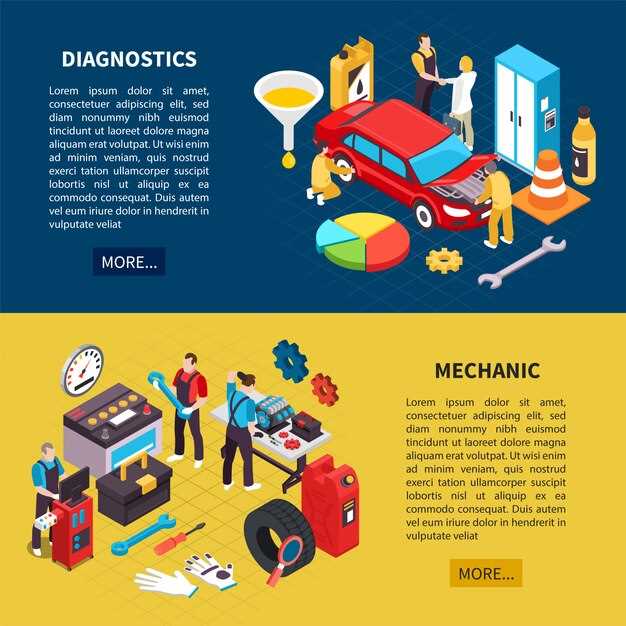
The piston is a fundamental component in various machinery, particularly in engines where it plays a crucial role in the conversion of pressure into mechanical work. Understanding the different types of pistons and the mechanics of compression is essential for anyone looking to grasp the intricacies of engine design and functionality. This article will delve into the various piston types, their applications, and how compression mechanics significantly influence engine performance.
Each piston type, whether it be slipper, compression, or drum pistons, serves a unique purpose and exhibits distinct characteristics suited for different operating conditions. The choice of piston affects not just efficiency but also the longevity of the engine. It is vital to comprehend how these types interact within their respective environments, as this knowledge forms the foundation of effective engineering solutions.
In addition to exploring various piston designs, we will examine the principles of compression mechanics. This aspect is particularly important because the efficiency and power output of an engine are heavily reliant on the compression process. Understanding how compression affects performance can lead to innovations in engine design and help engineers optimize engine configurations for better fuel efficiency and lower emissions.
Understanding Different Piston Designs for Optimal Performance

Pistons play a crucial role in converting the energy produced during combustion into mechanical work within an engine. Various piston designs have been developed to enhance performance, efficiency, and durability. This section explores several key piston types and their respective advantages.
One of the most common piston designs is the flat-top piston. This type features a flat surface on top, which is ideal for engines that require a high compression ratio. Flat-top pistons facilitate a more uniform combustion process, improving the engine’s overall efficiency and power output. They are often utilized in performance applications where maximizing horsepower is essential.
Another widely used design is the dish piston, characterized by a concave top. Dish pistons can slightly lower the engine’s compression ratio, making them suitable for forced induction applications, such as turbocharging or supercharging. By allowing more air-fuel mixture without knocking, they help achieve higher power levels while maintaining engine safety.
The piston with a dome is designed for engines where increased compression is necessary. The dome shape allows for a greater volume of air-fuel mixture to be compressed, enabling higher efficiency and enhanced performance in naturally aspirated engines. However, dome pistons can lead to uneven combustion if not properly designed, requiring precision in engineering.
In high-performance racing applications, forged pistons are preferred due to their strength and resilience compared to cast pistons. Forged pistons can withstand harsher conditions and higher temperatures without warping or failing. As a result, they provide a reliable option for extreme power applications, ensuring that the engine can sustain performance over time.
Lastly, low-friction pistons are designed with specialized coatings to reduce friction during operation. This design minimizes wear and improves fuel efficiency. Low-friction pistons are particularly advantageous in everyday vehicles, where maximizing fuel economy is essential for reducing operational costs.
In conclusion, choosing the right piston design is vital for optimizing engine performance. Each type serves specific purposes and offers varying advantages, making it essential for engineers and enthusiasts to understand the implications of their selection for achieving desired performance outcomes.
How Compression Ratios Affect Engine Power and Efficiency
The compression ratio of an engine is a critical factor that influences its power output and overall efficiency. It is defined as the ratio of the volume of the cylinder when the piston is at the bottom of its stroke (BDC) to the volume when the piston is at the top of its stroke (TDC). Higher compression ratios typically lead to more efficient combustion of fuel, resulting in increased power output.
Engines with high compression ratios can extract more energy from the fuel being burned, allowing for greater thermal efficiency. This is because a higher compression ratio increases the temperature and pressure of the air-fuel mixture before ignition, leading to a more complete combustion process. As a result, more energy is converted into useful work, enhancing the engine’s power output.
However, the relationship between compression ratios and engine performance is not linear. There is a threshold beyond which increases in compression ratios can lead to diminishing returns or even detrimental effects. If the compression ratio is too high, the engine may experience knocking or pre-ignition, where the fuel ignites prematurely under pressure, leading to potential damage. This is dependent on several factors, including the type of fuel used, engine design, and the combustion chamber’s geometry.
In terms of efficiency, higher compression ratios allow for more complete combustion, which means that less unburned fuel exits through the exhaust. This translates to reduced fuel consumption and lower emissions, contributing to environmental sustainability. Modern engines often utilize variable compression technology to optimize the ratio for different driving conditions, maximizing both performance and fuel efficiency.
Overall, understanding and optimizing the compression ratio is paramount for engineers looking to enhance engine performance and fuel efficiency. Balancing the ratio to avoid knocking while maximizing output is essential in design considerations for high-performance and eco-friendly vehicles.
Key Factors Influencing Piston Materials and Durability

The selection of materials for pistons is crucial to their performance and longevity. Several factors must be considered to ensure optimal durability and functionality.
Temperature Resistance: Pistons operate under extreme heat generated from combustion. Therefore, materials must withstand high temperatures without deforming or losing strength. Aluminum alloys are commonly used for their lightweight properties and excellent thermal conductivity, while cast iron offers superior heat resistance, making it suitable for heavy-duty applications.
Pressure Load: Pistons are subject to significant pressure during the compression and power strokes. The selected material must endure this mechanical stress without fatigue. High-strength alloys or reinforced materials can enhance performance under these conditions, providing necessary resilience under demanding workloads.
Corrosion Resistance: Exposure to combustion gases and coolant can lead to corrosion, impacting piston integrity. Materials with inherent corrosion resistance, such as specific aluminum alloys or coatings, help maintain durability and prevent premature failure due to oxidization or chemical reactions.
Weight Considerations: The weight of the piston affects the overall efficiency of the engine. Lighter materials improve response times and enhance fuel efficiency. Manufacturers often opt for lightweight yet robust materials that strike a balance between performance and durability.
Manufacturing Techniques: The method of production significantly influences the properties of piston materials. Techniques like forging or casting can improve structural integrity. Precision machining is also vital to ensure proper fit and finish, which can mitigate the risk of mechanical failure.
Operating Environment: Factors such as engine design, application type, and intended use play a role in material selection. High-performance engines may demand specialized materials that can endure greater stress, while standard engines might require more cost-effective solutions that assure reliability.
In summary, the choice of piston materials involves careful consideration of temperature, pressure, corrosion resistance, weight, manufacturing processes, and the specific operating environment. These factors collectively determine the durability and overall performance of pistons in various engine applications.

